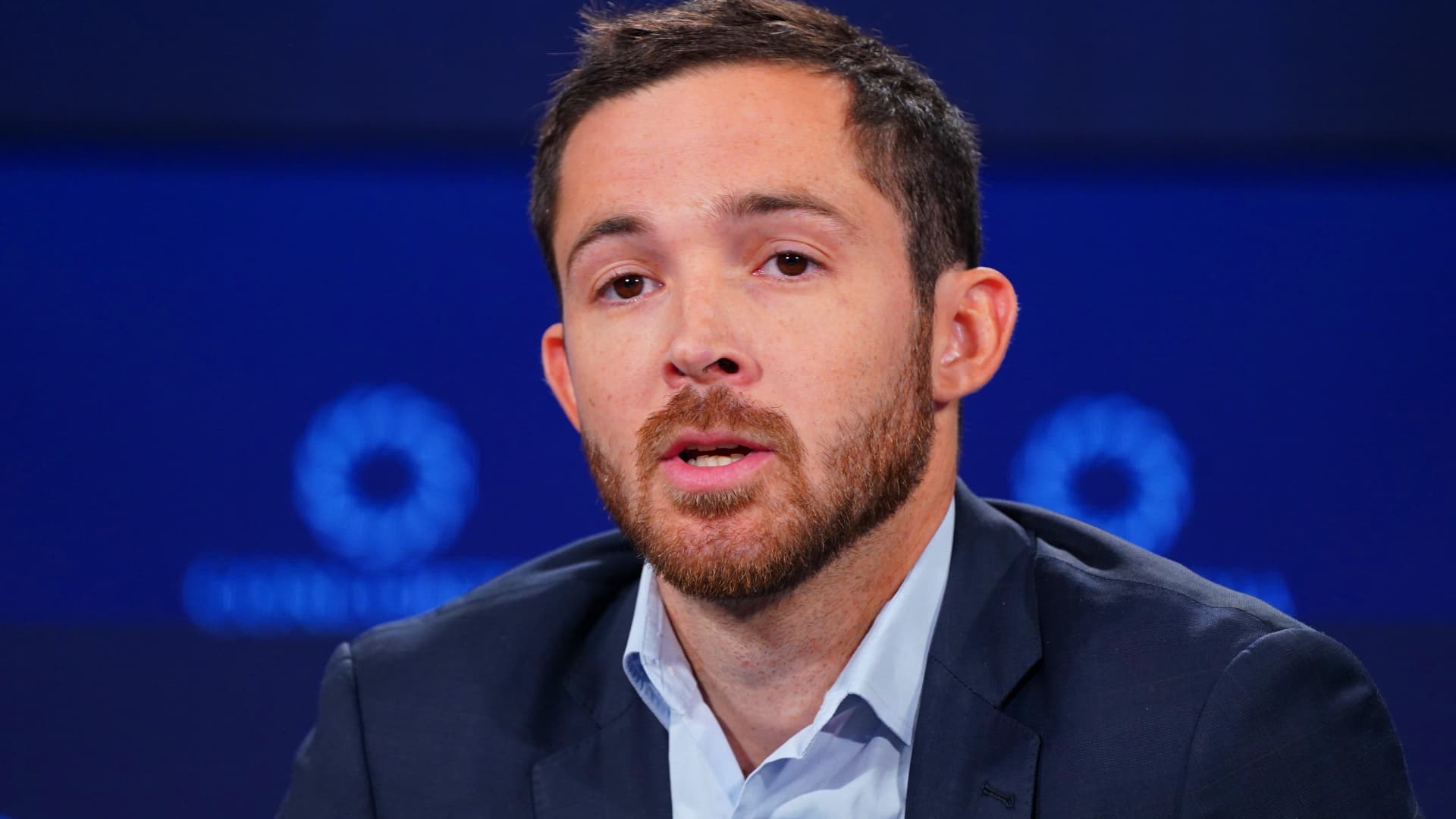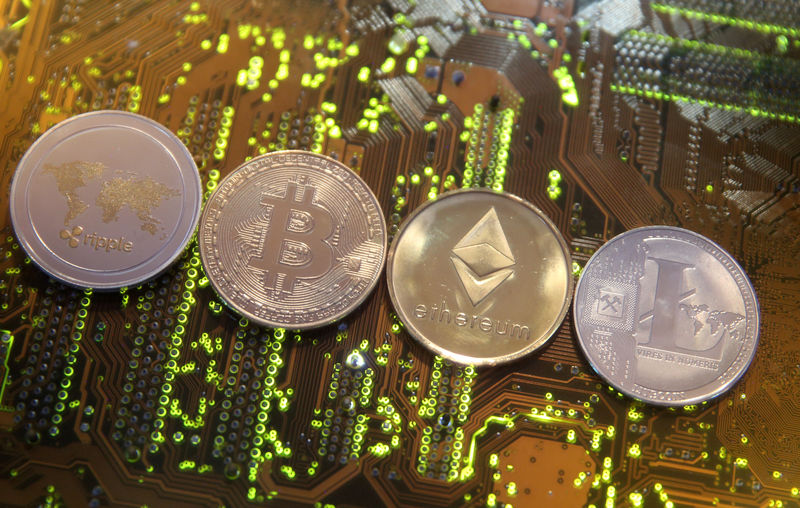Prices rose rapidly in 2021 and 2022, straining American household budgets and undermining President Biden’s approval rating. But inflation cooled in late 2023, a development that came more quickly than economists expected and stoked hopes of a soft economic landing.
Now the question is whether the good news can persist until 2024.
As forecasters try to guess what will happen next, many are closely watching where the recent slowdown is coming from. The details suggest that a combination of weaker prices for goods (such as clothing and used cars) and moderating costs for services, including travel, has helped drive the cooling, even as rent increases They take time to disappear.
Taken together, the trends suggest that further disinflation could be on the horizon, but they also suggest that some persistent risks loom. Below is a summary of the big changes to watch.
What are we talking about when we talk about disinflation.
What’s happening in the United States now is what economists call “disinflation”: When current prices are compared to a year ago, the pace of increase has slowed noticeably. At their peak in the summer of 2022, consumer prices were rising at an annual rate of 9.1 percent. In November, it was just 3.1 percent.
Still, disinflation does not mean that prices are falling directly. Overall, price levels have not reversed the large increase that occurred right after the pandemic. That means things like rent, car repairs, and food are still more expensive in theory than they were in 2019. (Wages have also risen, and they’ve risen faster than prices in recent months.) not so fast.
What inflation rate are officials targeting?
The Federal Reserve, responsible for trying to restore price stability, wants price increases to return to a slow and steady pace that is consistent with a sustainable economy over time. Like other central banks around the world, the Federal Reserve defines that as an annual inflation rate of 2 percent.
What caused the 2023 disinflationary surprise?
Inflation surprised economists in 2021 and 2022 by first shooting sharply and then remaining elevated. But starting in mid-2023, it began swinging in the opposite direction, falling faster than widely predicted.
Midway through last year, Federal Reserve officials expected a key measure of inflation – the Personal Consumption Expenditures measure – to end the year at 3.2 percent. According to the latest data released in November, it had instead faded to a more modest 2.6 percent. The most timely measure of the Consumer Price Index has also been falling rapidly.
The surprisingly rapid cooling began when travel prices began to slow, said Omair Sharif, founder of Inflation Insights. When it came to airfares in particular, it was all about supply.
Demand was still strong, but after years of limited capacity, available flights and seats had finally recovered. That, combined with cheaper jet fuel, kept rates lower. And while prices for other travel-related services, such as hotel room rates, rose rapidly in 2022, they were rising much more slowly by mid-2023.
The next change that reduced inflation came from the prices of goods. After rising for two years, prices for products like furniture, clothing, and used cars began to rise much more slowly, or even fall.
The amount of disinflation coming from goods was surprising, said Matthew Luzzetti, chief U.S. economist at Deutsche Bank. And, encouragingly, “it was reasonably broad-based.”
Relief from inflation came in part from improvements in supply. For years, congested transit routes, expensive shipping rates and a limited supply of workers had limited the number of products and services companies could offer. But by the end of last year, shipping lanes were operating normally, pilots and flight crews were in the skies, and auto companies were producing new vehicles.
“The supply side is at play,” said Skanda Amarnath, executive director of the worker-focused research group Employ America.
What could be the next shoe to drop?
In fact, one source of the long-awaited disinflation has yet to fully manifest itself: a slowdown in rental inflation.
Private sector data tracking new rentals spiked early in the pandemic but then slowed sharply. Many economists think the decline will eventually be reflected in official inflation data as tenants renew their leases or start new ones, but the process is taking time.
“We are likely to see further moderation in rent,” said Laura Rosner-Warburton, senior economist and founding partner at MacroPolicy Perspectives.
Because further cooling in rents remains possible and goods price increases could continue to slow, many economists expect headline consumer price inflation to fall closer to the Federal Reserve’s target by the end of 2024. There is even a risk that it could fall below 2 percent, some think. .
“It’s a scenario that deserves some discussion,” Rosner-Warburton said. “I don’t think it’s the most likely scenario, but the risks are more balanced.”
What can go wrong?
Of course, that doesn’t mean Federal Reserve officials and the U.S. economy are completely out of the woods. Falling gasoline prices have been helping to reduce inflation both overall and by influencing other prices, such as airfares. But fuel prices are notoriously fickle. If unrest in gas-producing regions causes energy costs to rise unexpectedly, eradicating inflation will be more difficult.
Geopolitics also carries another inflation risk: attacks on merchant ships in the Red Sea are disrupting a key transit route for global trade, for example. If these problems persist and worsen, they could eventually lead to higher prices for goods.
And perhaps the most immediate risk is that the big slowdown in inflation towards the end of 2023 has been overstated. In recent years, year-end price figures have been revised upwards and January inflation data has been positive , partly because some companies raise prices at the beginning of the new year.
“There are a lot of upheavals coming,” Sharif said. He said he will closely watch a series of inflation recalculations scheduled for release on Feb. 9, which should give policymakers a clearer view of whether the recent slowdown has been as notable as it seems.
But Sharif said the general conclusion was that inflation looked set to continue to moderate.
That could help pave the way for lower interest rates from the Federal Reserve, which has projected it could cut borrowing costs several times in 2024 after raising them to the highest level in more than 22 years in a bid to cool the economy and fight inflation. under control.
“In my opinion, there is not much upside risk left,” Sharif said.









